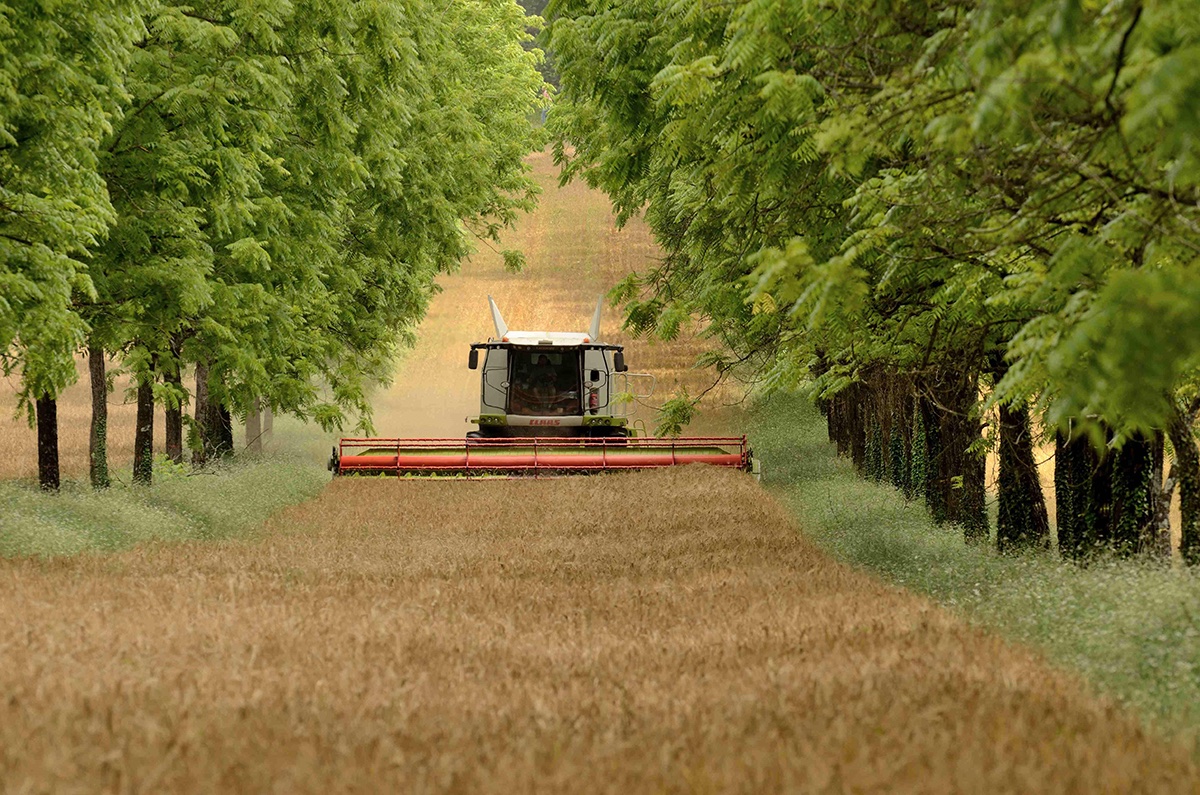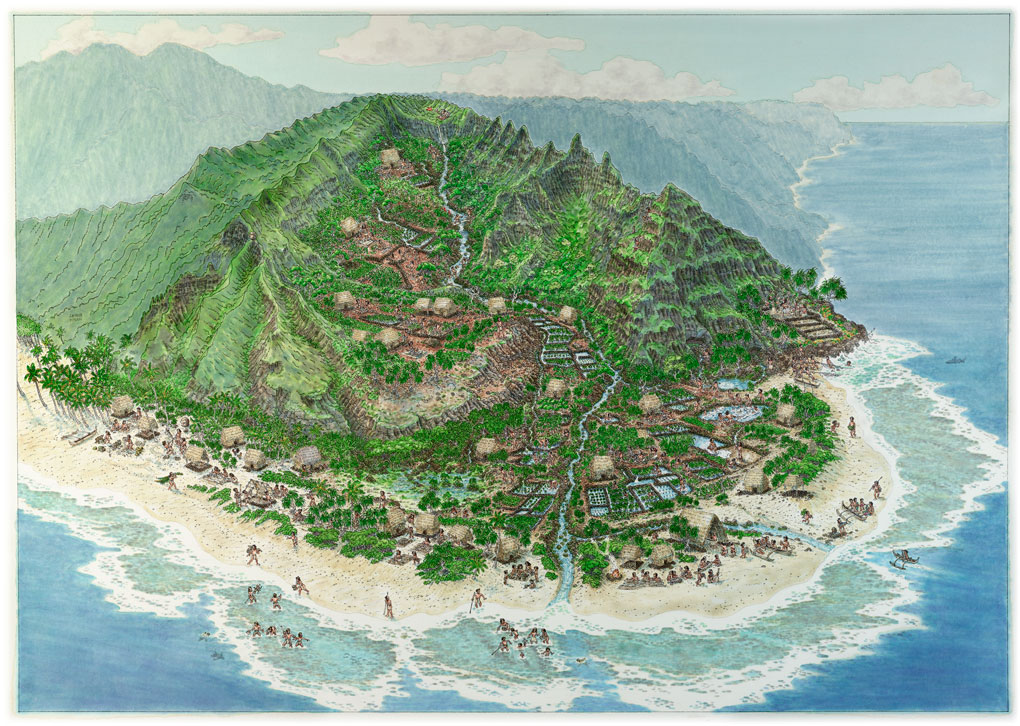
A polyculture of wheat grown with walnut trees produces ~ 40% higher yields.
1 hectare of wheat/walnut mix yields the same as 1.4 hectares of each crop grown separately.
This is an example of overyielding.
1 hectare of wheat/walnut mix yields the same as 1.4 hectares of each crop grown separately.
This is an example of overyielding.

Overyielding is when a polyculture (multiple crops grown together) produces higher yields than equal areas of the same crops grown separately.
Other benefits of wheat and walnuts polycultures:
–Trees provide shelter for the wheat from wind, rain, temperature swings etc.
Other benefits of wheat and walnuts polycultures:
–Trees provide shelter for the wheat from wind, rain, temperature swings etc.

– Tree roots recover and utilize nutrients that leach beyond the wheat's root system.
– Trees add organic matter to the soil with roots and leaf litter
–Tree growth is accelerated due to wider spacing, equal to ~80% more growth in the first 6 years.
– Trees add organic matter to the soil with roots and leaf litter
–Tree growth is accelerated due to wider spacing, equal to ~80% more growth in the first 6 years.

These systems also offer a huge potential for carbon sequestration, improving water cycles, and conserving soils.
There are 220 million hectares of wheat worldwide.
Imagine the economic and ecological impact of incorporating trees at this scale.
There are 220 million hectares of wheat worldwide.
Imagine the economic and ecological impact of incorporating trees at this scale.

• • •
Missing some Tweet in this thread? You can try to
force a refresh














